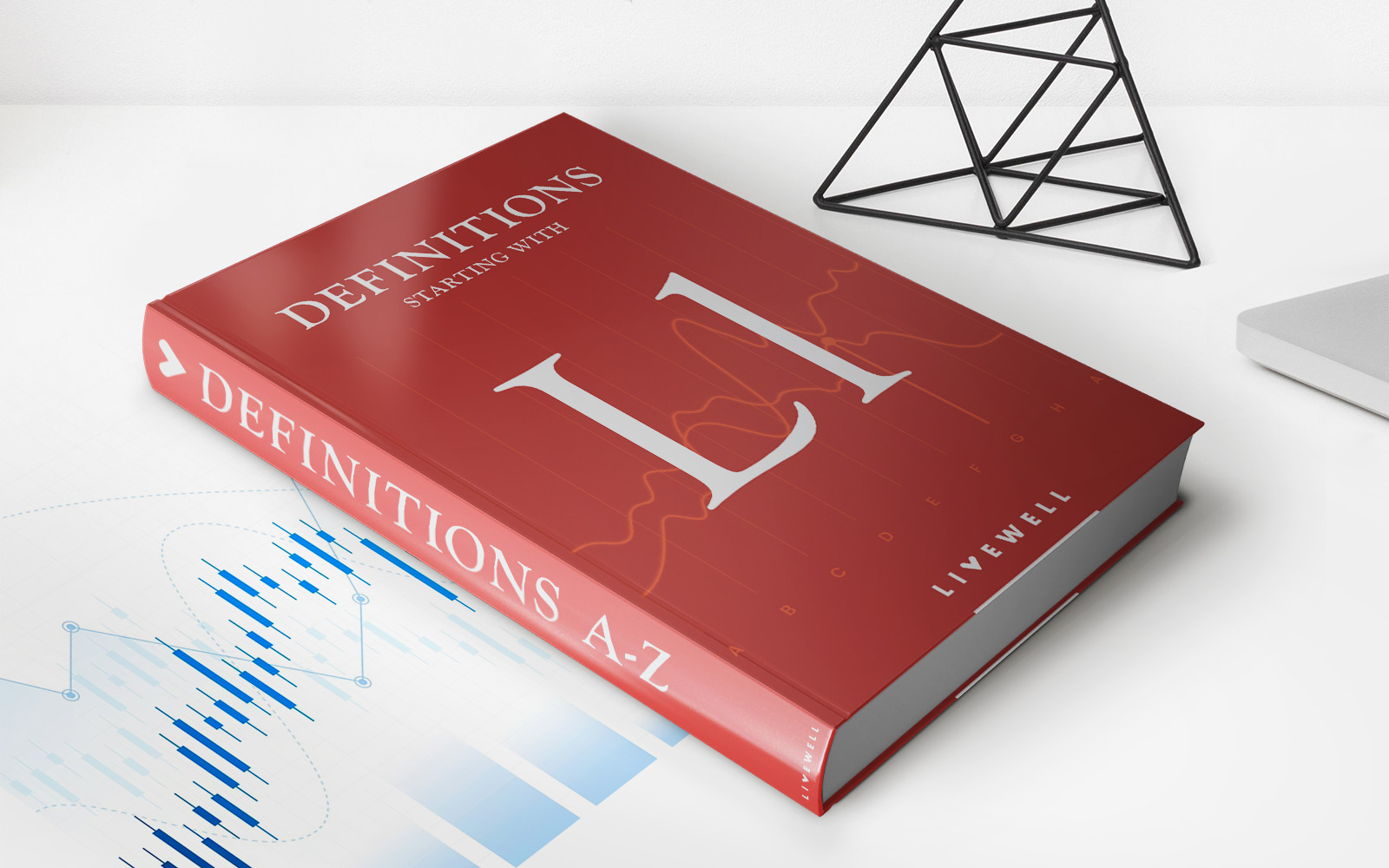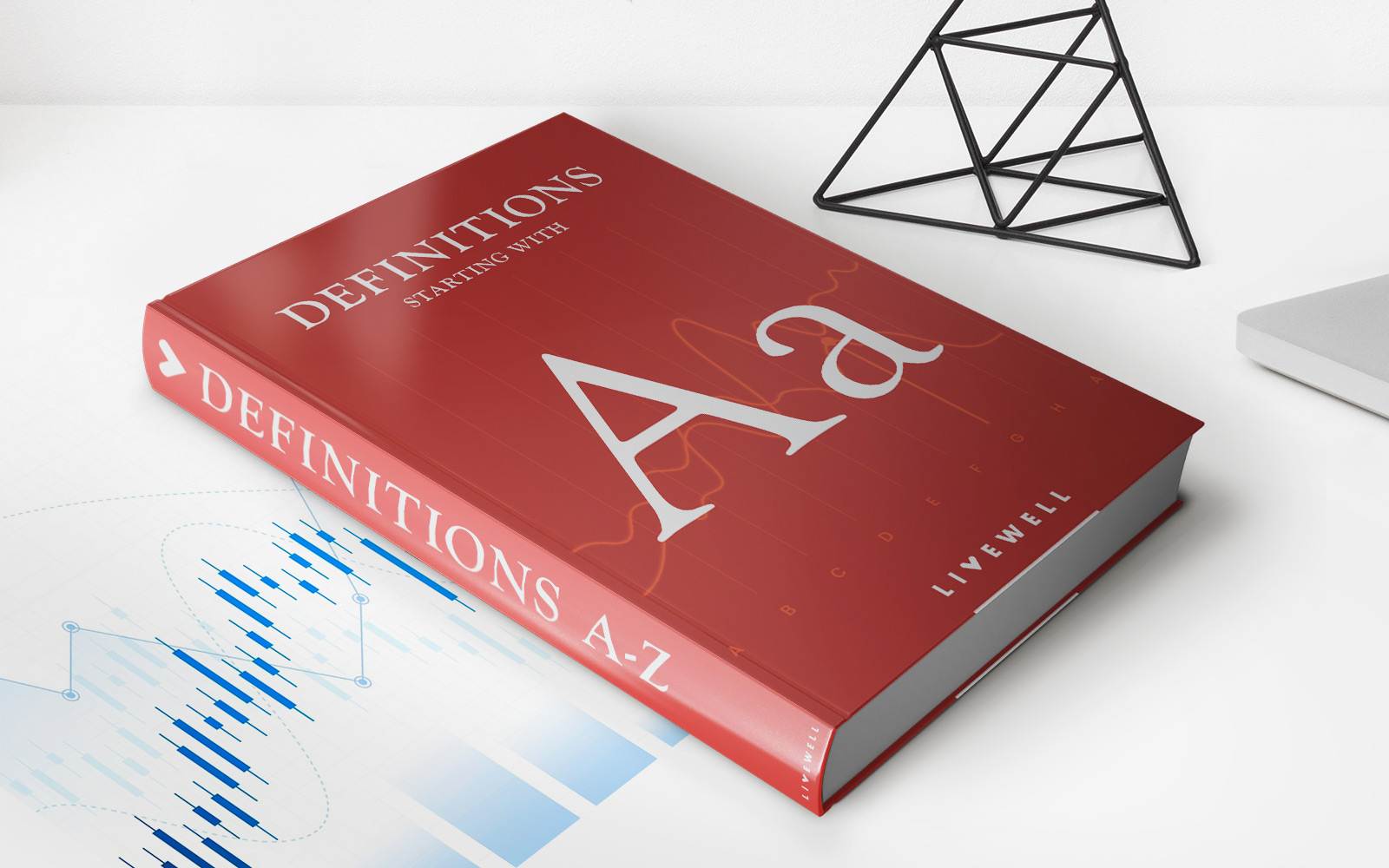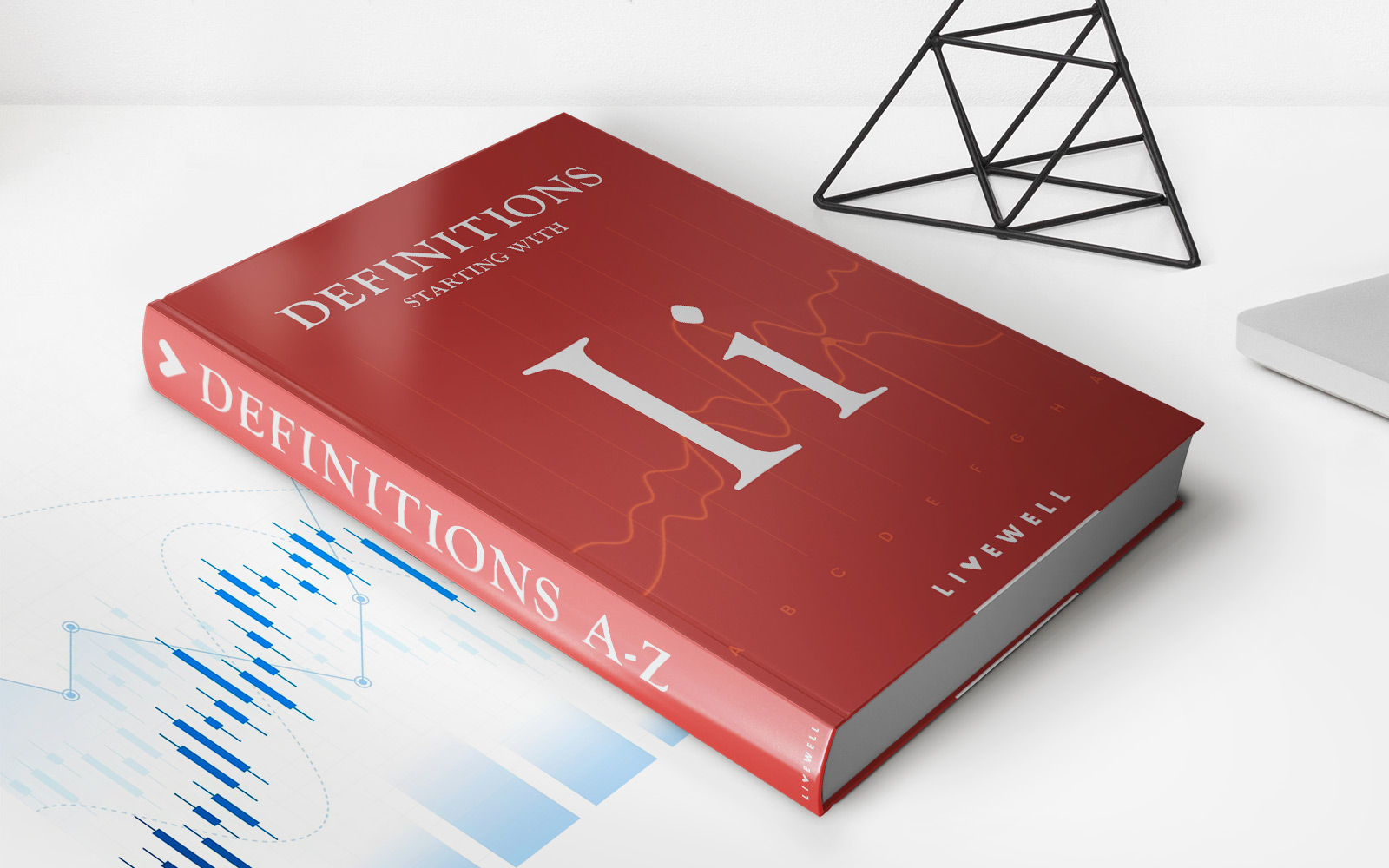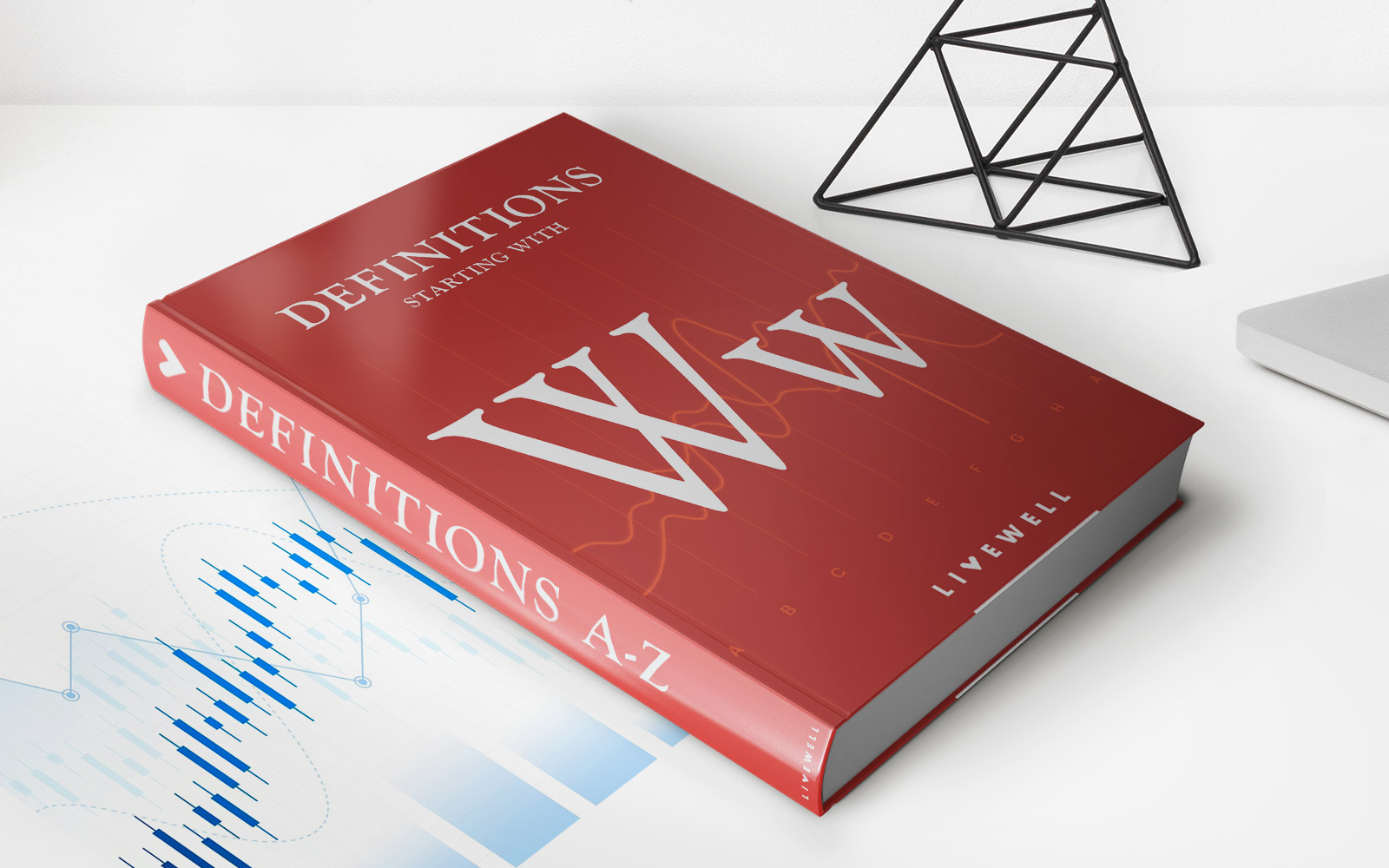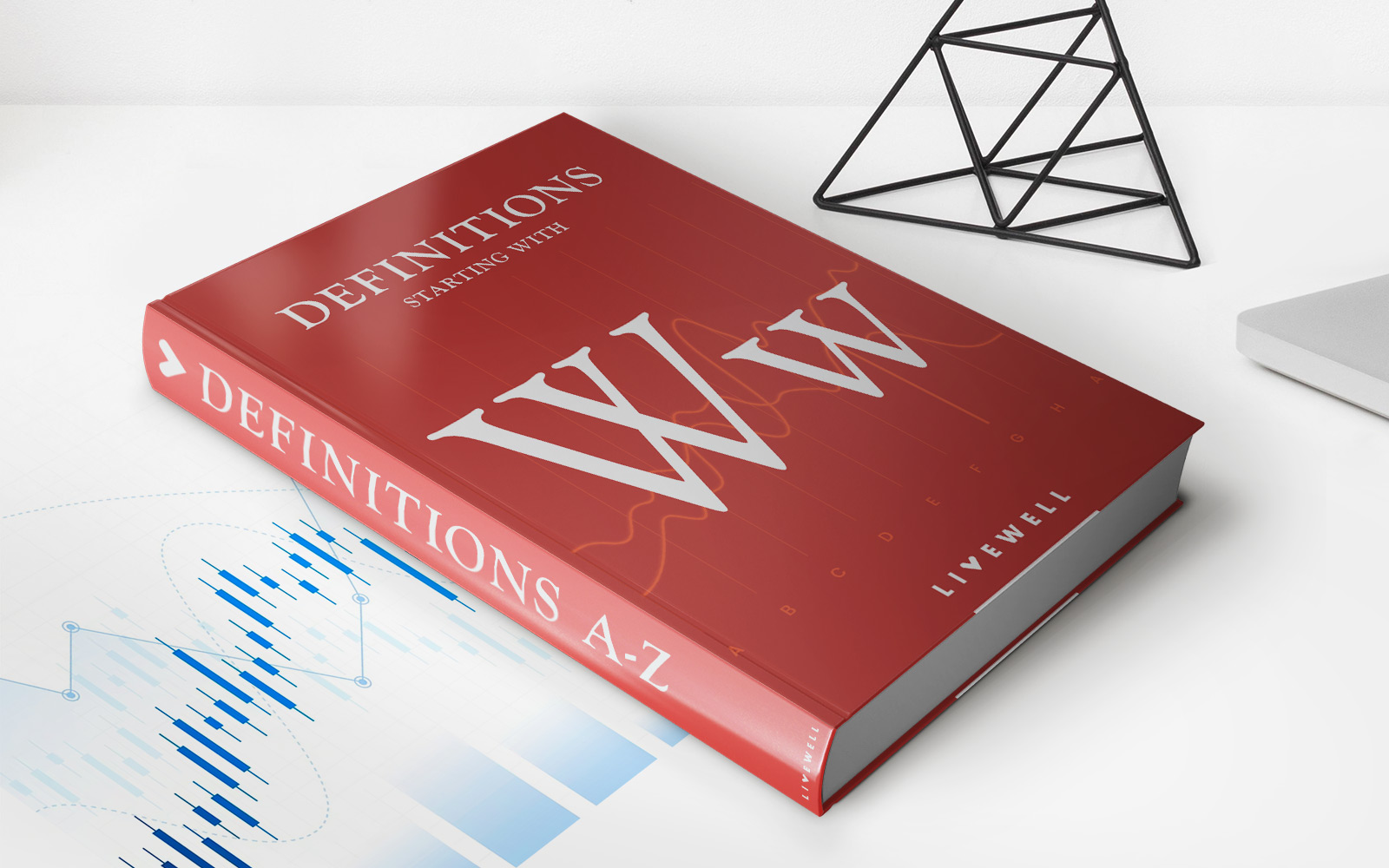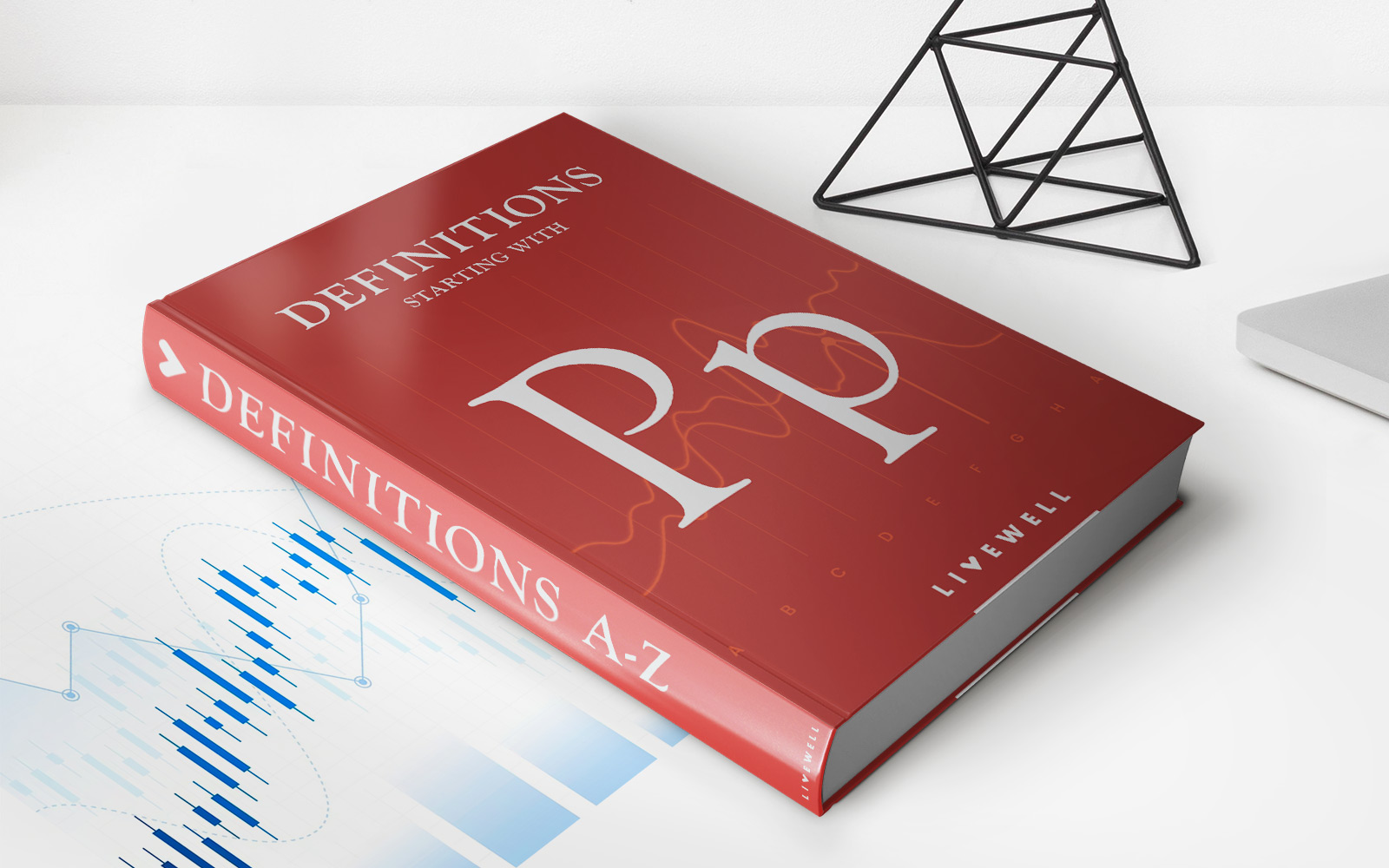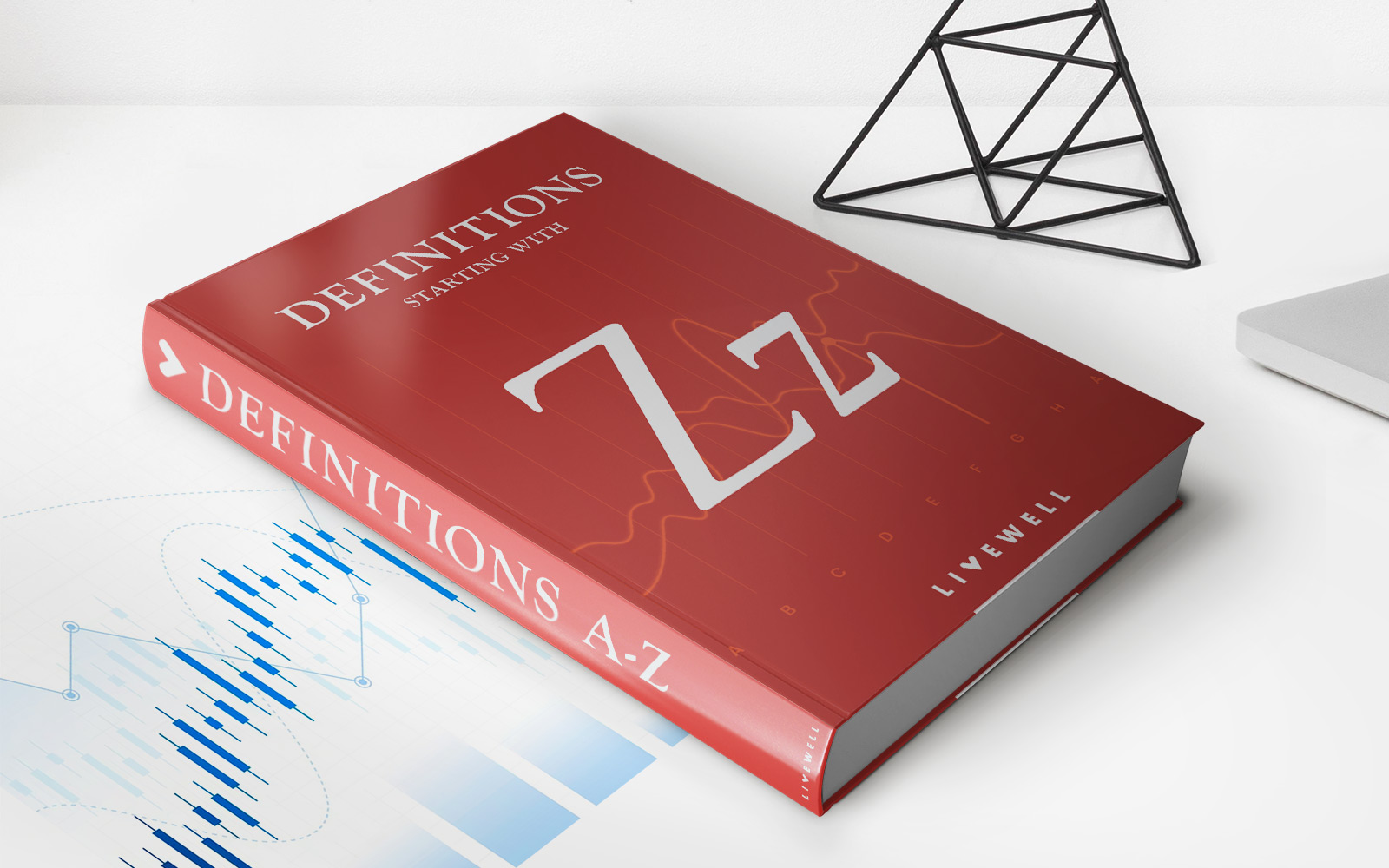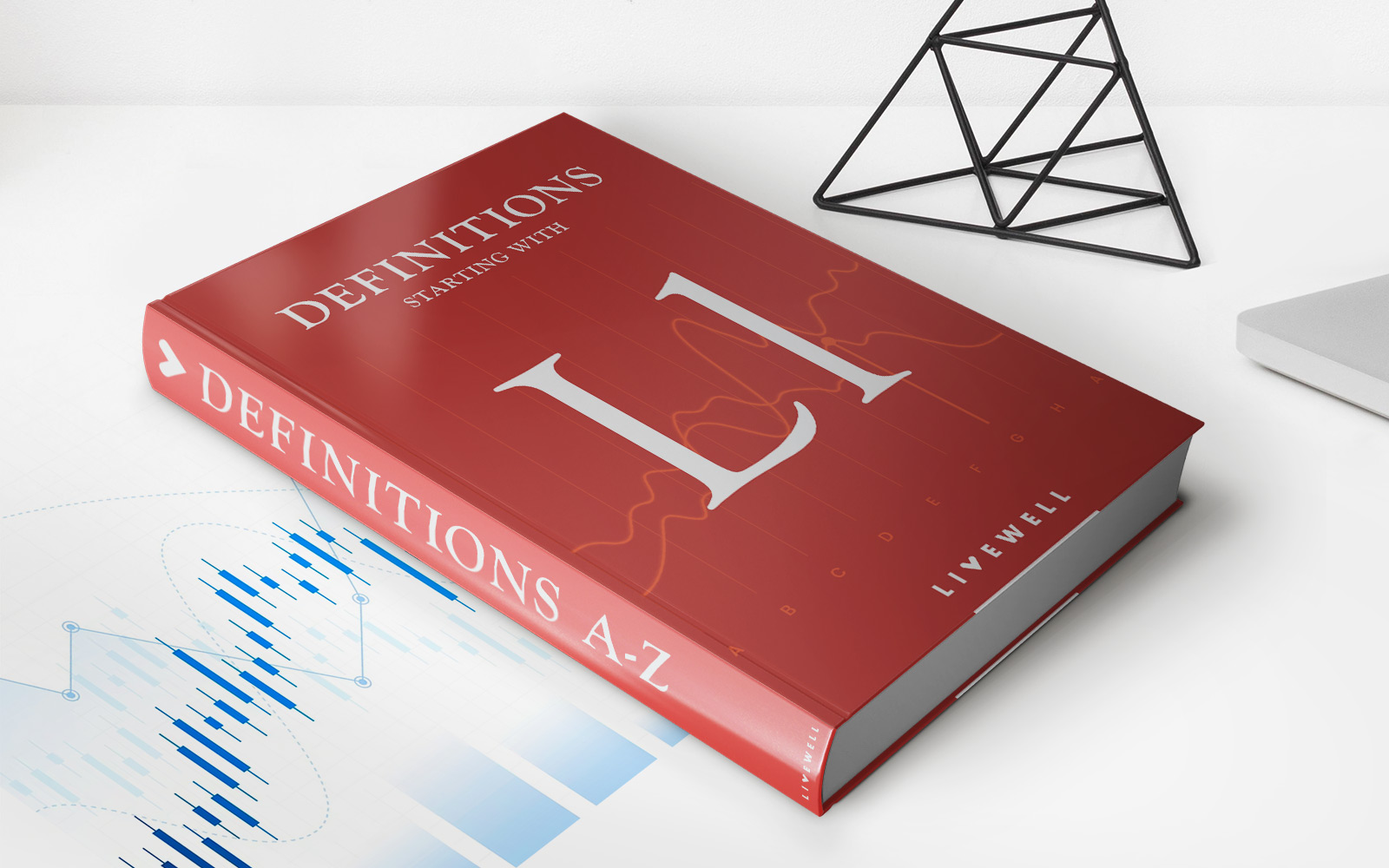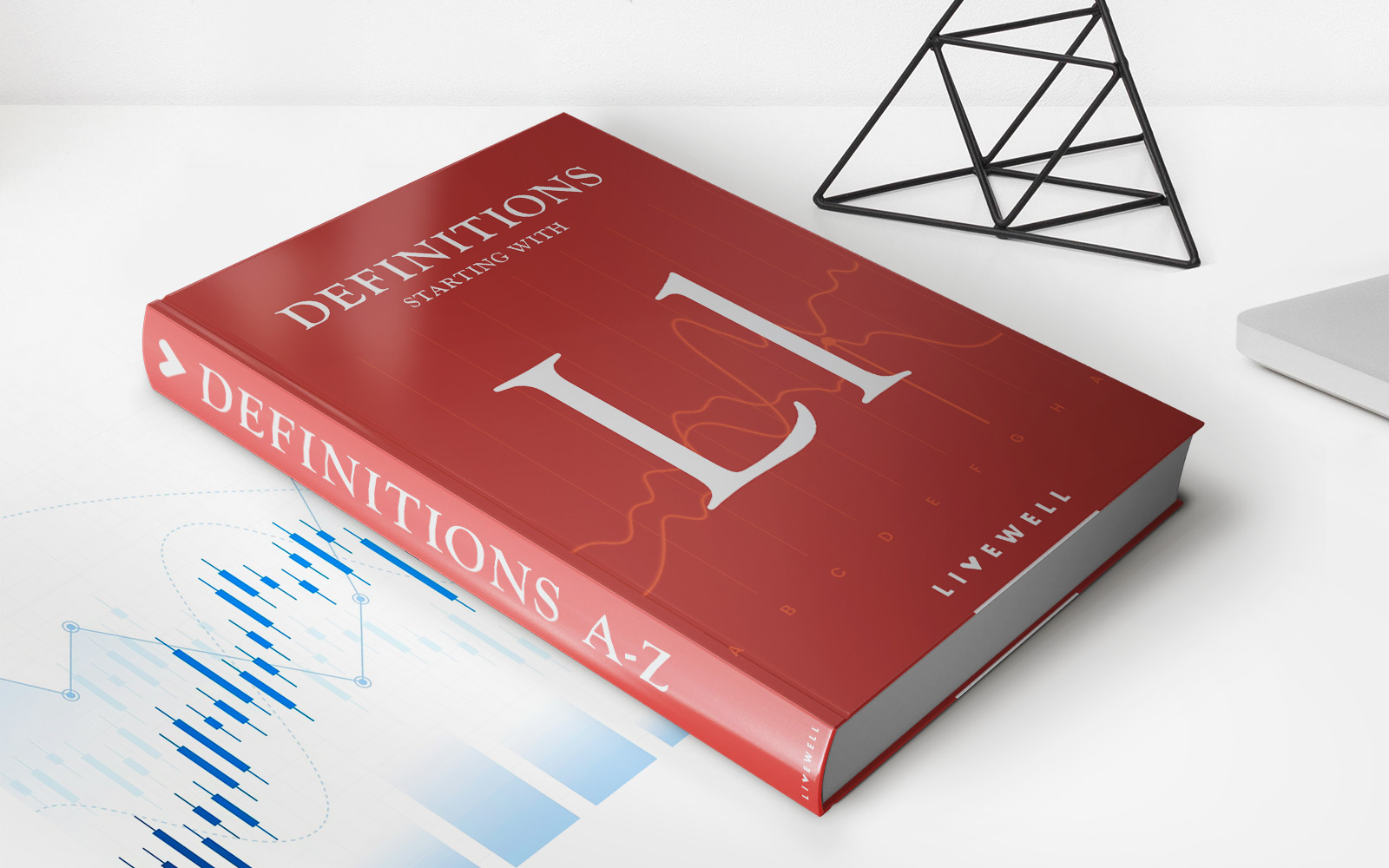

Finance
Liability Swap Definition
Published: December 17, 2023
Looking for a comprehensive definition of liability swap in finance? Learn all you need to know about this crucial financial concept in our informative guide.
(Many of the links in this article redirect to a specific reviewed product. Your purchase of these products through affiliate links helps to generate commission for LiveWell, at no extra cost. Learn more)
Understanding Liability Swap: Definition, Benefits, and Risks
Welcome to our finance blog, where we provide valuable information and insights on various financial topics. In this article, we will delve into the concept of a liability swap and discuss its definition, benefits, and risks. By the end of this article, you will have a clear understanding of how liability swaps work and whether they can be a suitable financial instrument for your investment strategy.
Key Takeaways:
- A liability swap allows two parties to exchange their payment obligations, typically involving debt or contingent liabilities.
- The benefits of liability swaps include diversification, managing interest rate risk, and customizing cash flow profiles.
What is a Liability Swap?
A liability swap is a financial derivative contract between two parties, where they agree to exchange their payment obligations. It involves the transfer of liabilities, often debt-related, from one party to another. In other words, instead of traditional borrowing or issuance of debt securities, the parties involved swap their existing obligations.
Liability swaps are commonly used by financial institutions, corporations, and investors to manage their debts, especially when they want to diversify their portfolio or adjust their cash flow profiles. These swaps can include a wide range of liabilities, such as bonds, loans, or contingent liabilities.
The Benefits of Liability Swaps
Liability swaps offer several benefits to the parties involved:
- Diversification: By swapping liabilities with another party, investors can diversify their debt holdings. This can help reduce concentration risk and optimize their overall debt portfolio.
- Managing Interest Rate Risk: Liability swaps allow parties to switch between fixed and floating interest rates, depending on their risk appetite and market conditions. This strategy enables them to mitigate the impact of potential interest rate fluctuations.
- Customizing Cash Flow Profiles: Swapping liabilities can help parties align their cash flows with their business needs. They can restructure their debt payments to better match their revenue patterns, potentially improving their financial stability and flexibility.
The Risks of Liability Swaps
While liability swaps offer several benefits, they also come with certain risks:
- Counterparty Risk: Like any derivative contract, liability swaps expose the parties to counterparty risk. If one party fails to meet its payment obligations, the other party may face financial losses.
- Interest Rate Risk: Swapping liabilities to manage interest rate risk is a double-edged sword. If interest rates move unfavorably, it may result in unexpected cash flow fluctuations, potentially impacting the financial health of the parties involved.
- Market Risk: Liability swaps are influenced by market conditions, such as credit spreads and liquidity. Changes in these factors can affect the value of the swap, leading to potential gains or losses for the involved parties.
In summary, liability swaps provide a mechanism for parties to exchange their payment obligations, offering benefits such as diversification, managing interest rate risk, and customizing cash flow profiles. However, it is essential to consider the associated risks, including counterparty risk, interest rate risk, and market risk. Consulting with a financial advisor or conducting thorough research is crucial before entering into any derivative contract, including liability swaps.
Thank you for reading our blog post on liability swaps. We hope this article has provided useful insights and increased your understanding of this financial instrument. Remember to stay informed and make informed financial decisions based on your unique circumstances and risk appetite.
